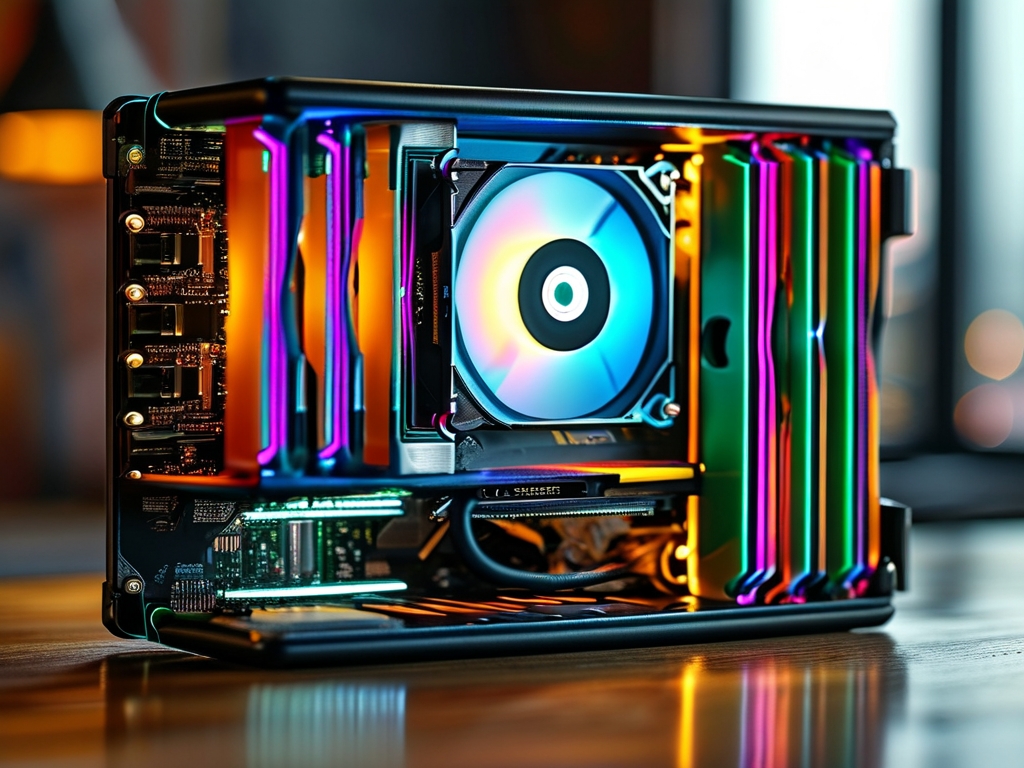In the rapidly evolving landscape of distributed computing, the X6 Standard Edition has emerged as a groundbreaking solution, powered by the innovative Distributed Xuanwu Architecture. This architecture redefines scalability, reliability, and efficiency in modern systems, offering a robust framework for enterprises navigating the complexities of big data, real-time processing, and cloud-native applications. In this article, we explore the technical foundations of the Xuanwu Architecture, its integration into the X6 Standard Edition, and its transformative impact across industries.

The Genesis of the Distributed Xuanwu Architecture
Named after the mythical Chinese guardian Xuanwu—a symbol of resilience and adaptability—the architecture embodies these traits through its decentralized design. Unlike traditional monolithic systems, the Xuanwu Architecture distributes computational tasks across interconnected nodes, ensuring fault tolerance and minimizing single points of failure. This approach leverages a hybrid model of horizontal scaling and dynamic resource allocation, enabling systems to handle fluctuating workloads seamlessly.
Key components of the architecture include:
- Decentralized Consensus Mechanism: Utilizing a modified Byzantine Fault Tolerance (BFT) protocol, the Xuanwu Architecture ensures data consistency even in adversarial environments.
- Adaptive Load Balancing: Algorithms dynamically redistribute tasks based on node performance and network latency, optimizing resource utilization.
- Self-Healing Networks: Automated diagnostics and recovery protocols mitigate downtime, ensuring uninterrupted service delivery.
X6 Standard Edition: Bridging Theory and Practice
The X6 Standard Edition integrates the Xuanwu Architecture into a user-friendly platform tailored for mid-to-large-scale enterprises. Its design philosophy prioritizes simplicity without sacrificing power, making advanced distributed computing accessible to organizations lacking specialized IT teams.
Core Features of the X6 Standard Edition
- Modular Deployment: Enterprises can deploy the X6 Standard Edition incrementally, scaling from a single-node setup to a global network of data centers.
- Cross-Platform Compatibility: The system supports hybrid environments, including on-premises servers, public clouds (AWS, Azure), and edge devices.
- Real-Time Analytics Engine: Built-in tools process streaming data with sub-millisecond latency, ideal for financial trading, IoT, and telecommunication use cases.
- Energy Efficiency: The architecture’s resource-aware scheduling reduces power consumption by up to 40% compared to conventional systems.
Industry Applications and Case Studies
The X6 Standard Edition has already demonstrated its versatility across sectors:
Healthcare: Enhancing Telemedicine
A leading hospital network adopted the X6 platform to manage real-time patient monitoring across 50+ locations. By leveraging the Xuanwu Architecture’s low-latency data routing, the system reduced diagnostic delays by 70%, improving emergency response times.
E-Commerce: Scaling for Peak Demand
During a global shopping festival, an e-commerce giant utilized the X6 Standard Edition to handle 12 million concurrent transactions. The architecture’s adaptive load balancing prevented server crashes, achieving 99.999% uptime.
Smart Cities: IoT Integration
A municipal government deployed the X6 platform to coordinate traffic sensors, public transit, and energy grids. The self-healing network ensured continuous operation despite frequent hardware failures in harsh environments.
Challenges and Future Developments
While the X6 Standard Edition excels in performance, challenges remain. Legacy system integration and the need for specialized training pose adoption barriers. Additionally, cybersecurity threats in distributed environments demand ongoing innovation in encryption and access control.
Looking ahead, developers plan to:
- Introduce quantum-resistant encryption to future-proof the architecture.
- Expand AI-driven predictive maintenance capabilities.
- Launch a lightweight variant for small businesses.
The X6 Standard Edition and its Distributed Xuanwu Architecture represent a paradigm shift in how organizations approach scalability and resilience. By blending mythological inspiration with cutting-edge engineering, this framework not only addresses today’s computational challenges but also lays the groundwork for tomorrow’s innovations. As industries increasingly rely on distributed systems, solutions like the X6 Standard Edition will undoubtedly play a pivotal role in shaping the digital future.





